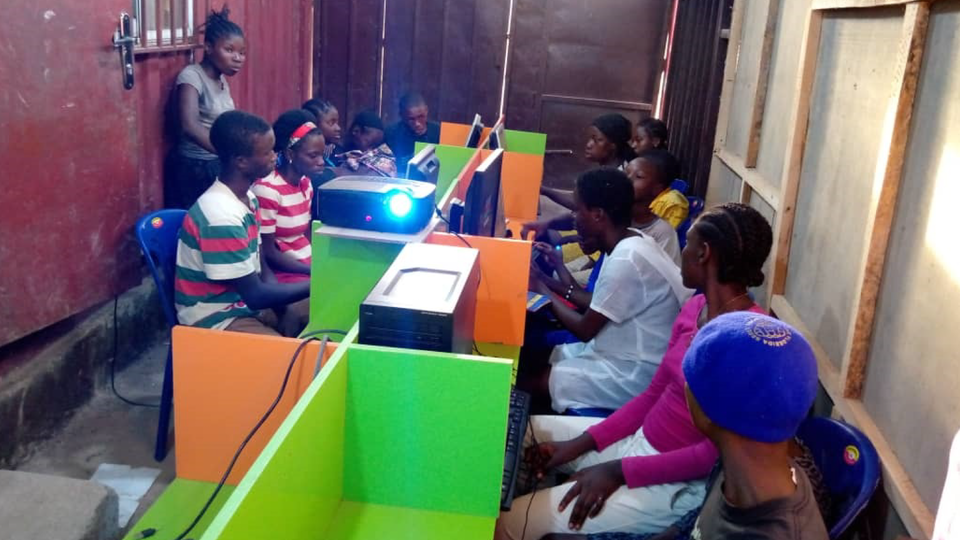The Importance Of Digital Inclusion And Literacy On Women and Children In The Rural Areas.
In today’s digital age, access to technology and digital literacy has become crucial aspects of our daily lives. With the increasing reliance on technology for communication, education, commerce, and many other areas, digital literacy has become a vital skill that everyone should have. Unfortunately, not everyone has equal access to technology, and this disparity is …


